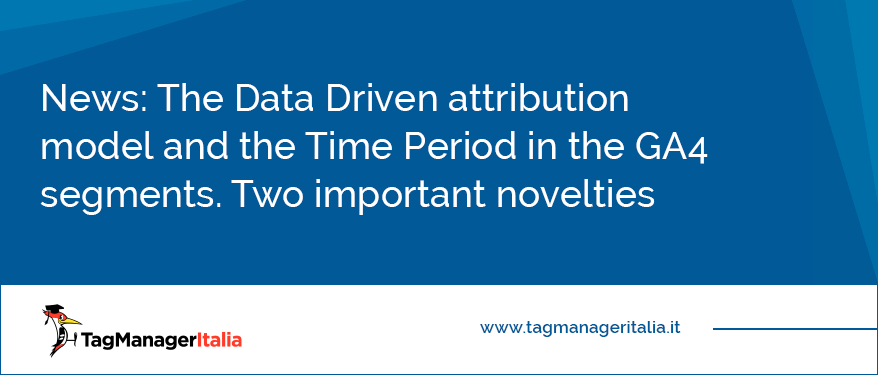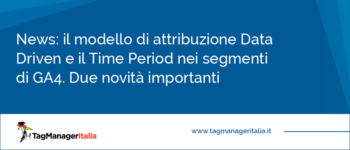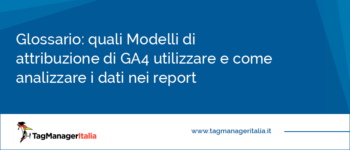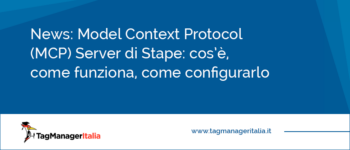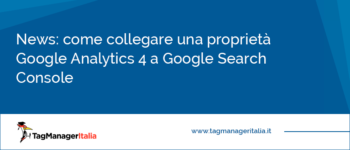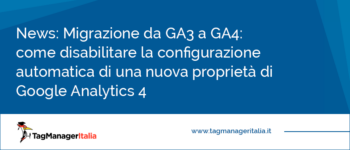Gen 2022
The Data Driven attribution model and the Time Period in the GA4 segments: two important novelties
Do you know the saying “fast as the wind”?
Well, from today we could say “as fast as GA4” 😀
In fact, few days after the announcement about the possibility of connecting GA4 to Search Console, two very important novelties were launched in Google Analytics 4 to which you should devote your maximum attention.
I’m talking about:
- the powerful “Data-Driven” attribution model, which is now available free of charge to everyone (you can set it as a “standard” model within your GA4 reports)
- the new “Time Period” feature, now available within the customized segments of GA4
“But how can I take advantage of these two new features of Google Analytics 4 to improve the conversion rates of my digital marketing campaigns?”
Don’t worry, in this news I explain in detail the benefits of both these new features.
Let’s begin!
How the GA4 Data Driven Attribution Model works
As I told you, it is really a nice gift to have now available for free the powerful Data Driven attribution model (it was previously only available to those who used the paid version of Google Universal Analytics 360).
And now I explain why.
As you may know, attribution models in Google Analytics are rules that determine which marketing channel led to a conversion on your website.
To date, the main free attribution models available on Google Analytics were the follows:
- Last interaction
- Last non-direct click
- Last click Google Ads
- First interaction
- Time decay
- Based on location
Let’s assume that “Last Interaction” is set as the attribution model in your GA4 reports.
In this case, if a user clicks on the link of your LinkedIn post, lands on your e-commerce and completes a purchase, then the credit for the conversion will be attributed 100% to the LinkedIn channel.
What is the problem with the “Last Interaction” model (and all the others)?
The problem is that none of these models accurately attribute credit for the conversion to your marketing channels.
So the risk of making bad decisions is very high.
And this is where the Data Driven attribution model comes to rescue!
“What is different about this model compared to all the others?”
Briefly, the Data Driven model uses all conversion data from all your marketing accounts and touch points, including: website, social channels, Google advertising campaigns, Google organic search conversions, etc.
In this way, the Data Driven model distributes the credit for a conversion based on how users interact with each of your marketing channels along their conversion journey.
In other words; the Data Driven attribution model allows you to understand without fail which marketing channels are bringing a greater return on investment from your campaigns.
This will make it easier to make much safer decisions about the budget (in terms of time and money) to allocate on each channel to maximize the effectiveness of your digital marketing strategy.
Where to find and how to set Data Driven attribution in GA4
My dispassionate advice?
Set Data Driven as the standard model in your reports immediately 😀
This implementation will modify the data of your GA4 reports, both for historical data and for future data.
To set the Data Driven model as standard in your GA4 reports, just:
- go to the “Admin” menu item (the wheel at the bottom left)
- click on “Attribution Settings”
- choose the Data Driven attribution model from the drop-down menu.
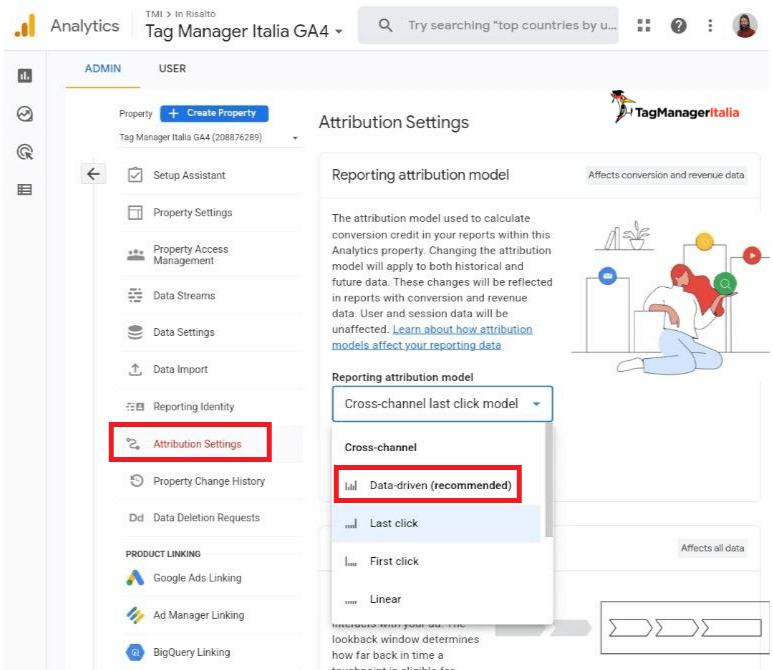
The new “Time Period” condition in GA4: what it is and how to set it
It is a “small” novelty, but destined to have a great impact on the daily work of any good web analyst.
In fact, thanks to the “Time Period“ features you can create highly targeted audience segments to use to make your digital marketing campaigns more effective.
In practice, with the “Time Period” condition it becomes easy to group all those users who have completed:
- a set of specific Events on your website
- in a specific time frame
- within a defined date range.
For example, you could choose to make a segment of all users who from 1 to 31 December 2021 have:
- saw product page X
- seen the video presentation of the product X
- added product X to cart
over 10 days.
Here are the steps you need to take to implement this condition in your custom audiences:
1. go to the “Explore” section from the left menu of your Google Analytics 4 and create a new segment
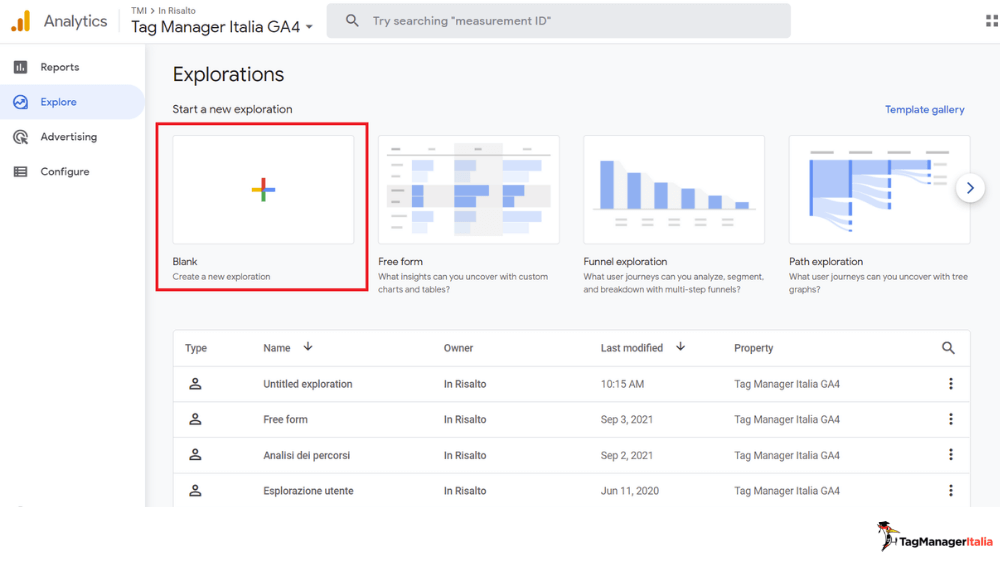
2. the “User segment” option
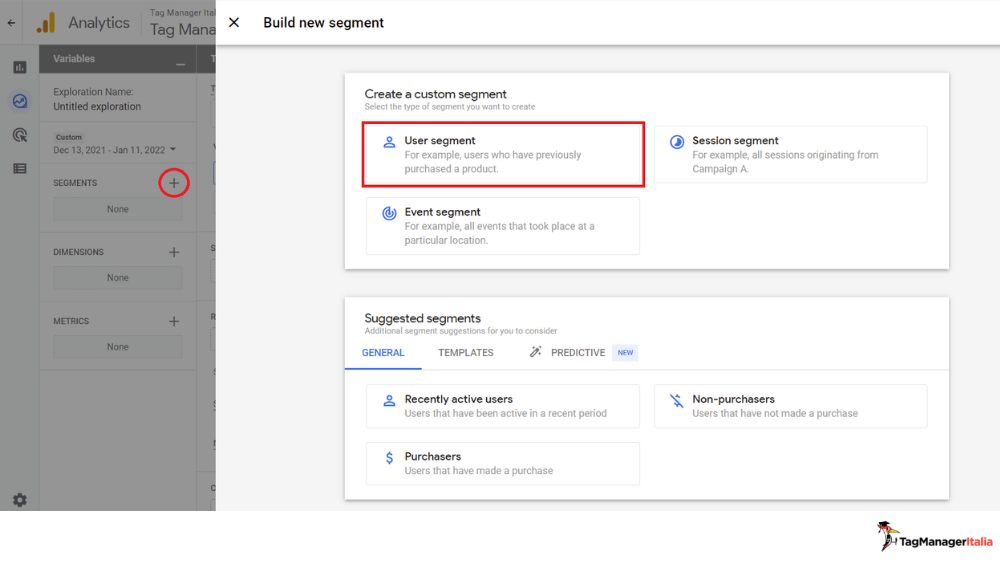
3. add one or more events to analyze
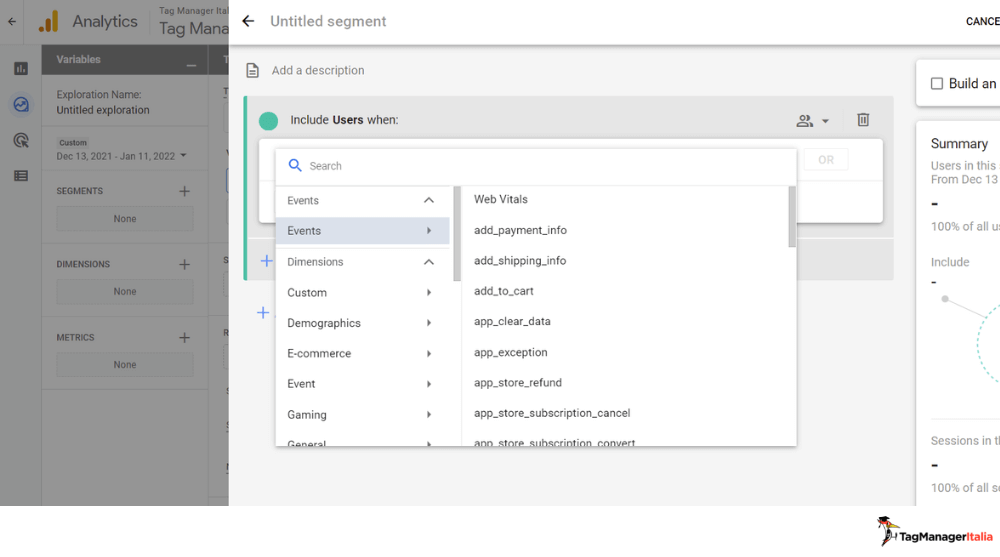
4. add the Event parameter “event_count”
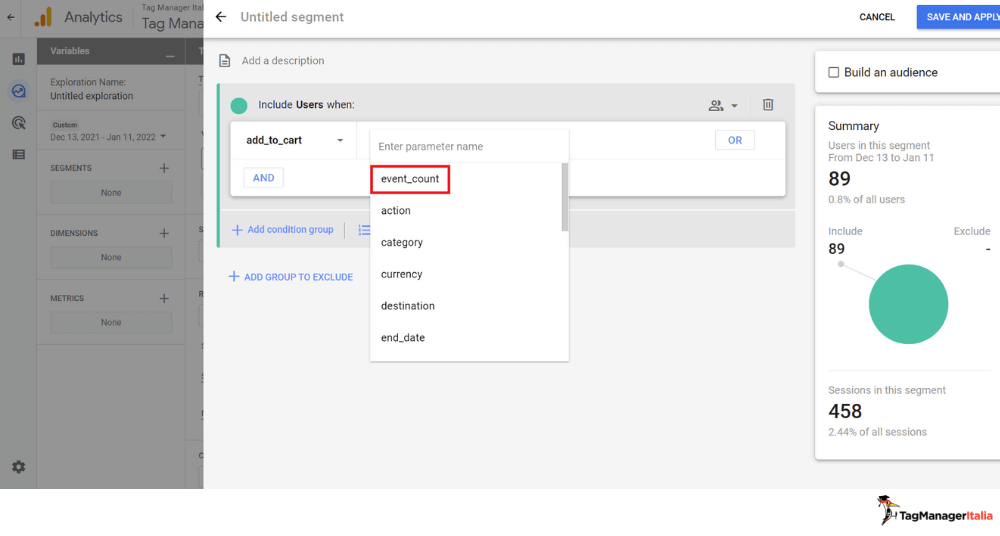
5. enter the condition specifications. That is, how many times the selected event or events occurred and the “time period”.
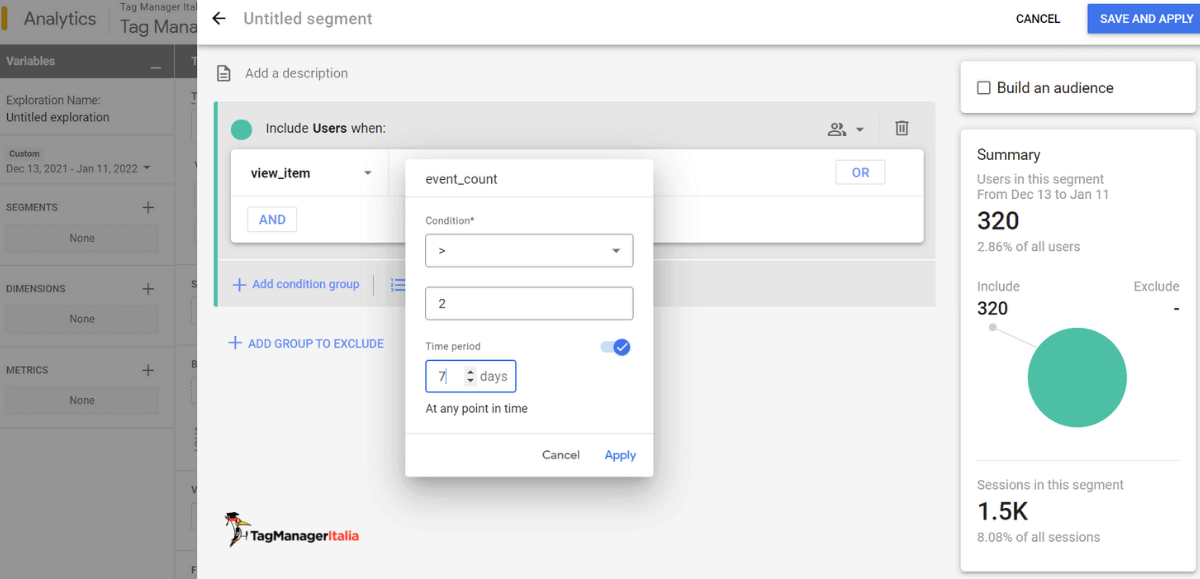
IN CONCLUSION
By now it should be clear: the time has come to use Google Analytics 4 at full capacity in your digital analytics projects (but without completely abandoning the traditional Google Universal Analytics)
In fact, GA4 used in combination with Google Tag Manager is now essential to track the conversion path of users in great detail and to collect more accurate data.
Have you already set up and tested these new features in GA4?
Write about your experience, or your doubts and questions in the comments 🙂
See you soon and … buon Tag!
Chiedi pure qui sotto, sarò pronto a risponderti!
